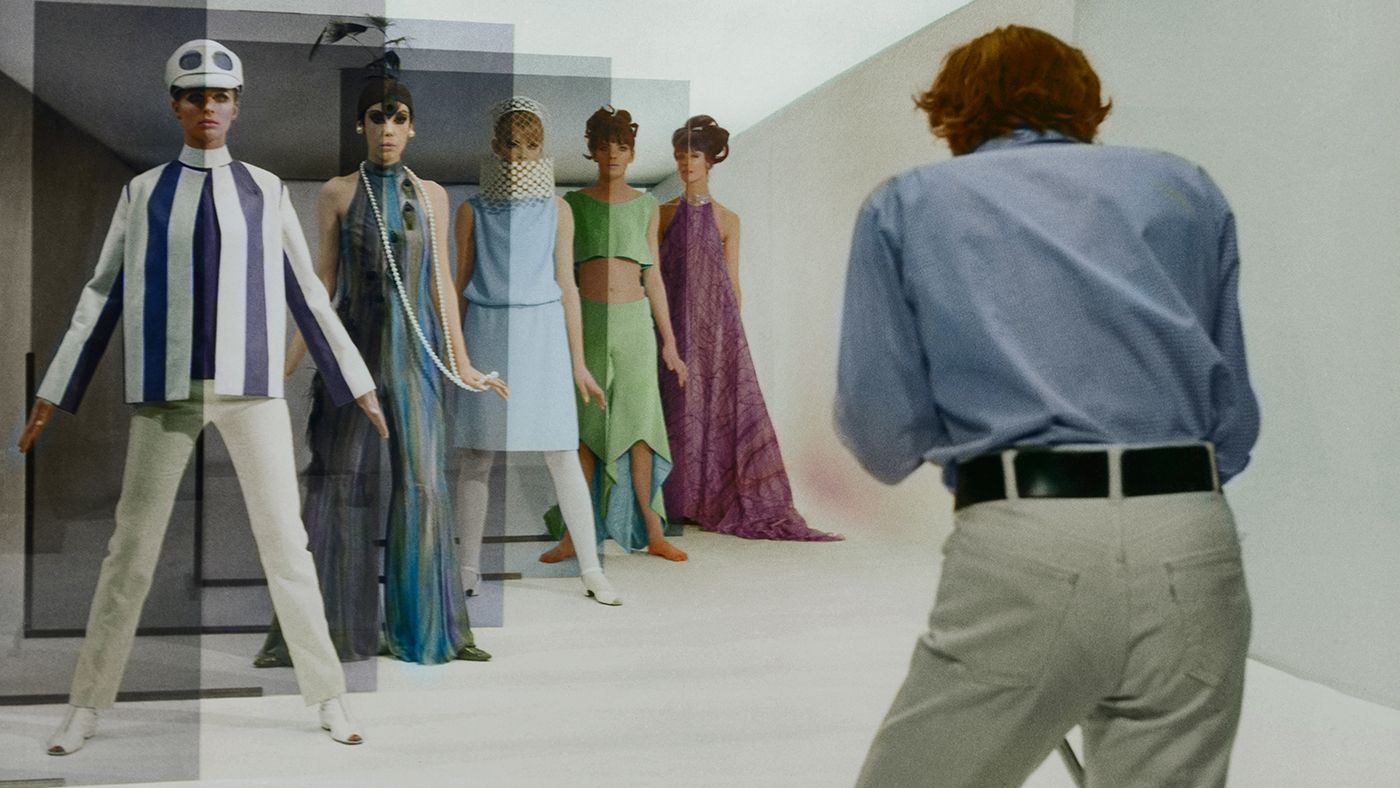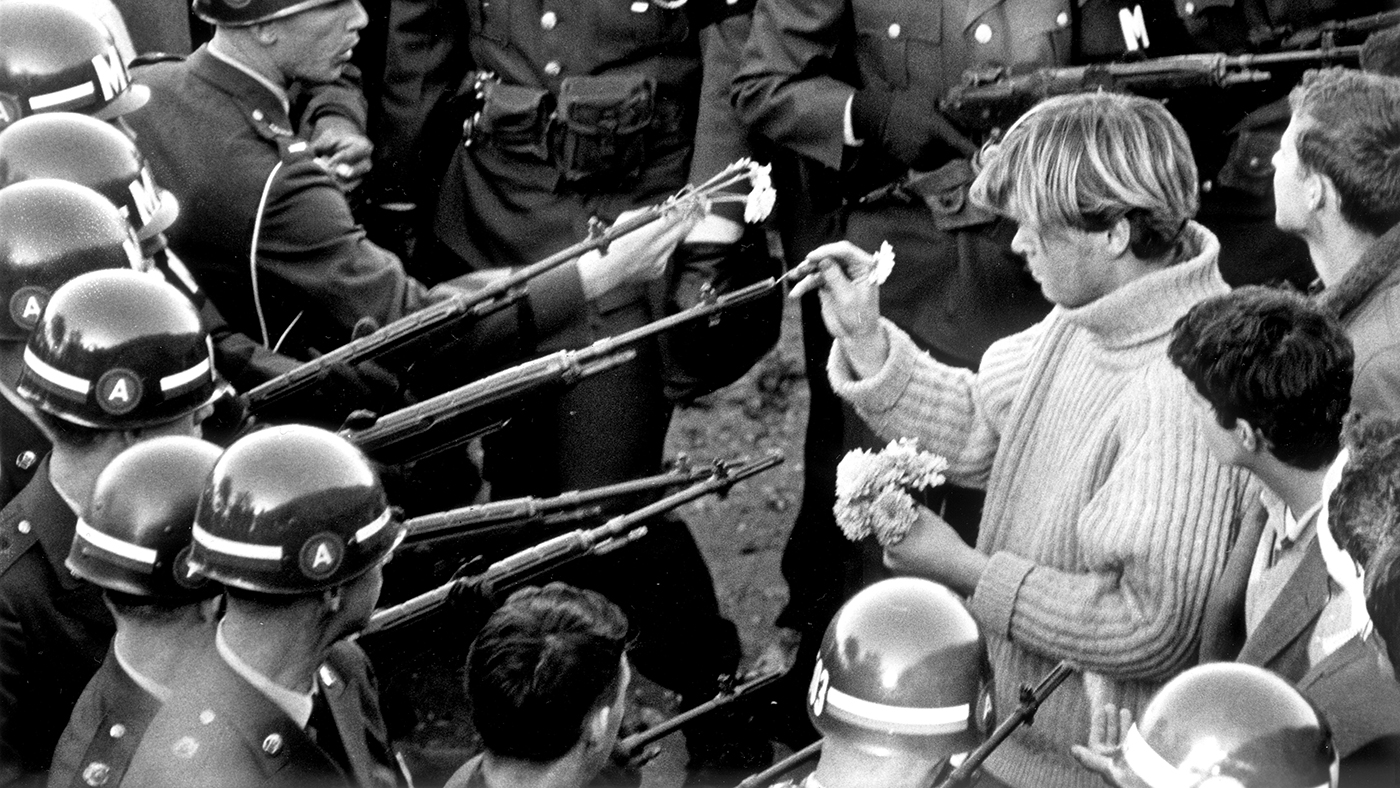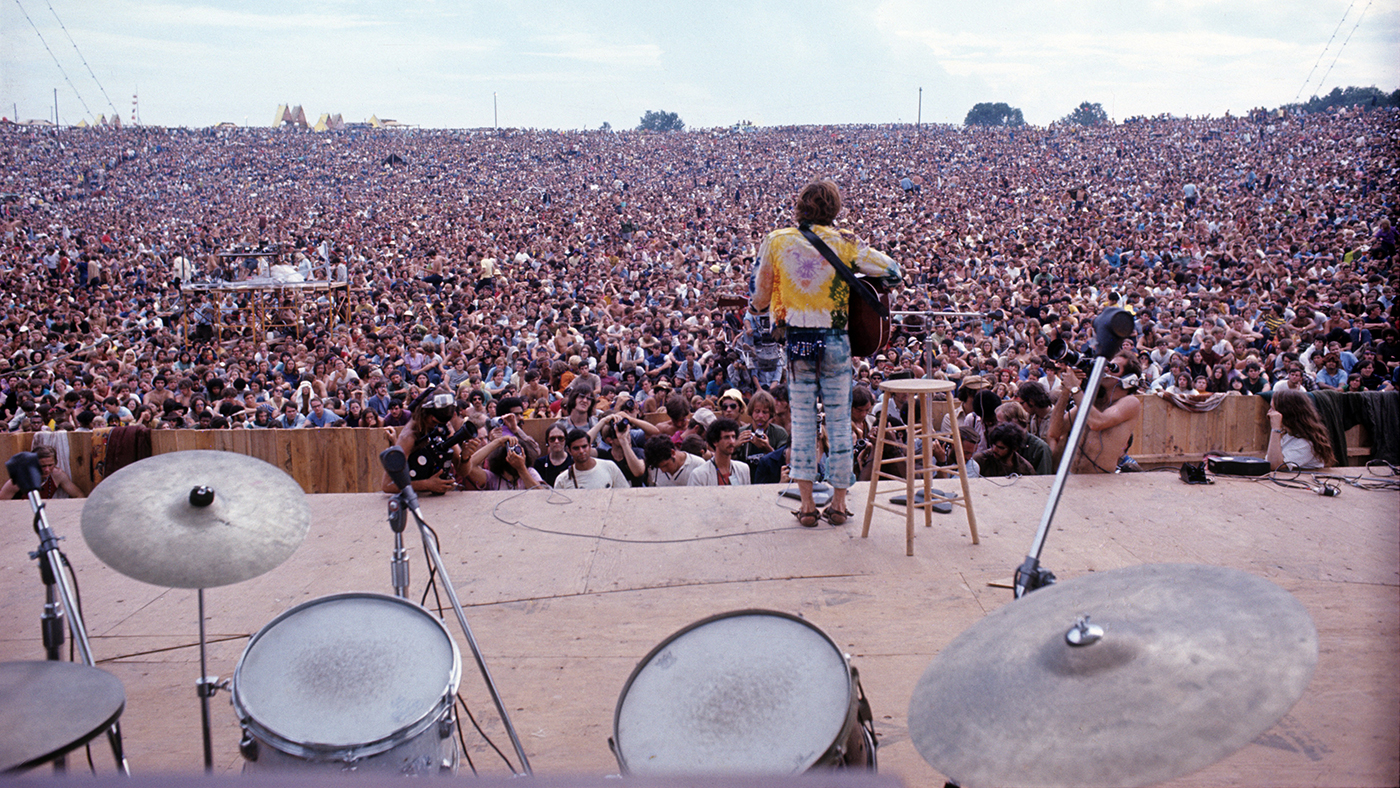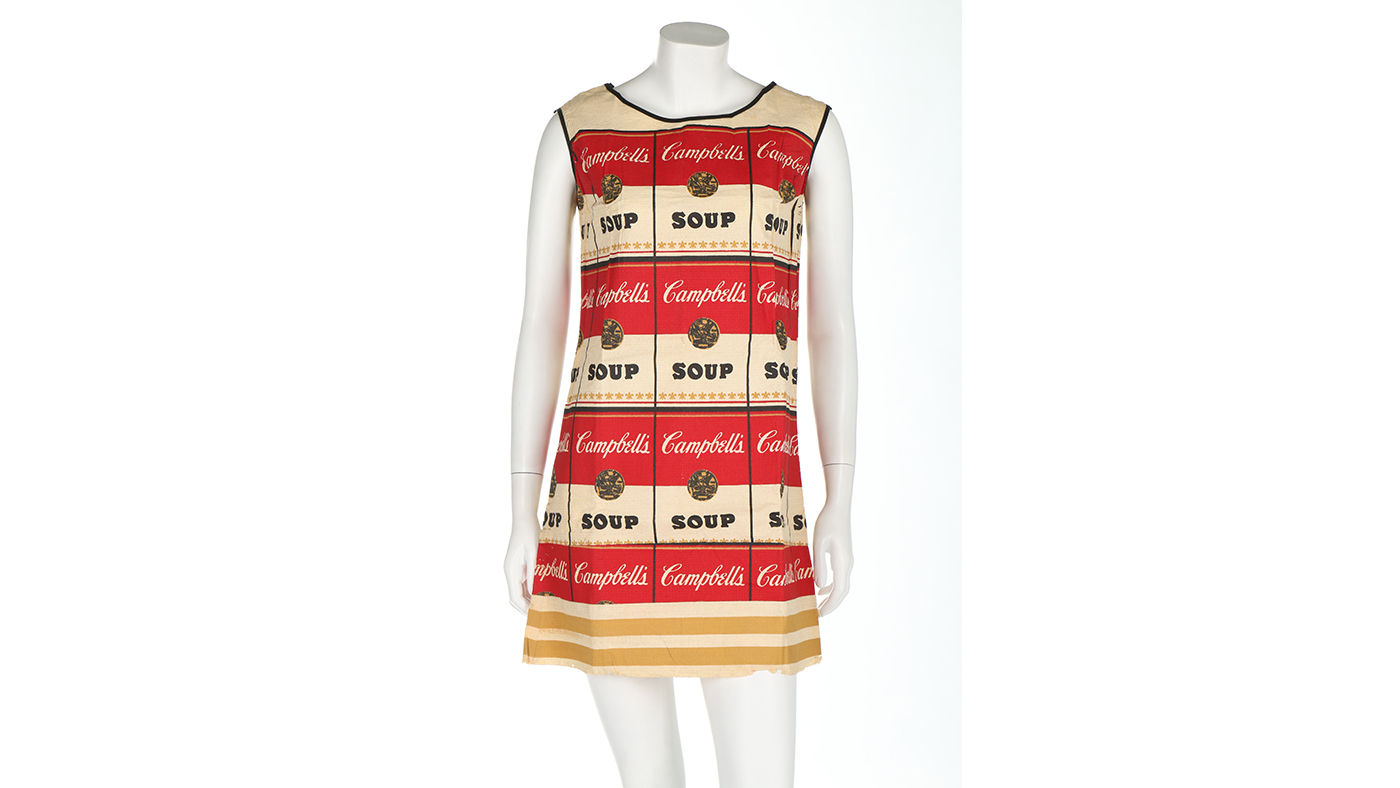Revolution, records and rebels on display at the V&A
Victoria Broackes on the colourful exhibition that takes a trip into the counterculture of the 1960s, from student protests to Sgt Pepper





While planning You Say You Want a Revolution? Records and Rebels 1966-1970, we knew we wanted to do something with music after the David Bowie exhibition, but we didn't just want to cover another performer or band. We looked for a period with a really broad and interesting cultural context, and you can't ask for more than the time from 1966 to 1970, when so much shifted in society. Not only were there multiple legal changes, but there was also a revolution in the mind that set the scene for how we live now, and also might inspire us to imagine how we want to live tomorrow.
For our route around the exhibition, we pinpoint six different kinds of revolution contributing to this radical shift in outlook, and frame them as a kind of "imagining of a better world". First is the revolution in youth identity, as you saunter down an evocation of Carnaby Street. Then we have a revolution in the head, for which we take you to London's UFO Club, an LSD-infused venue on Tottenham Court Road, examining how psychedelic culture led to an exploration of human consciousness and an openness to other cultures, religions and even macrobiotic food. The revolution on the street focuses on the 1968 Paris student riots and anti-Vietnam war demonstrations around the world; meanwhile, with the revolution in consumerism section, we see how greater economic prosperity led to a growth in both advertising and media, and the first UK credit card, but also people having the opportunity, post-austerity, to spend for the first time.

We look at the race into space – a mind-bogglingly ambitious project with profound effects on the psyche across the decade, which also created new materials and advanced technology that fed into innovations such as computing later on. We have a revolution in gatherings, culminating in Woodstock in 1969, where we consider how the festival was able to draw half a million like-minded people to one place to share music and ideas, and the potential of that. Finally, we look at a revolution in communications – the tens of thousands of hippies who set up alternative communal lifestyles, crossing over ideologically with the early personal-computing pioneers on America's West Coast and believing in sharing knowledge equitably in pursuit of a better and fairer world, far in advance of the technology necessary to achieve it.
The Week
Escape your echo chamber. Get the facts behind the news, plus analysis from multiple perspectives.

Sign up for The Week's Free Newsletters
From our morning news briefing to a weekly Good News Newsletter, get the best of The Week delivered directly to your inbox.
From our morning news briefing to a weekly Good News Newsletter, get the best of The Week delivered directly to your inbox.

We have brought together a broad range of objects. The backbone to the show is the collection of renowned radio DJ John Peel's records, underpinning the fact that music and LPs were a major form of communication among the young. But the objects in the show are hugely diverse – we open the show with Thomas More's Utopia, and close with William Blake's Jerusalem to name two star loans. In addition to a piece of moon rock, William Anders' space suit is on display. He was an astronaut on Apollo 8, the mission that orbited the moon rather than landing on it, from which the first photograph of our planet, by man, was taken. That is a very significant image, because it refocused people's attention back on to the fragile and vulnerable earth, in part inspiring the environmental movement.

We're also showcasing two suits from Sgt Pepper's Lonely Hearts Club Band, as well as George Harrison's sitar. The period was avant-garde artistically and, later, politicised. The Beatles were experiencing this and as icons of the era, often leading it, and we could have done the entire exhibition with their centrepieces – as it is, they appear in every section except for Woodstock.
It was extraordinary how important albums were at the time. Sgt Pepper's sold 250,000 copies in its first week, and 2.5m in three months. This is the album that Allen Ginsberg said "conveys a realisation that the world and human consciousness had to change". The ideas that were being propagated by thousands of members of the counterculture are delivered through that record to millions of people. You don't get that with music now – it's much more niche. It was a golden era where the music that was written represented what was going on around it in a way that could not be the case decades later.
VICTORIA BROACKES is senior curator of Rock & Popular Music Culture in the Department of Theatre and Performance and Head of the London Design Festival at the V&A. You Say You Want a Revolution? Records and Rebels 1966-1970 is at the V&A from 10 September 2016 to 26 February 2017; vam.ac.uk
A free daily email with the biggest news stories of the day – and the best features from TheWeek.com


